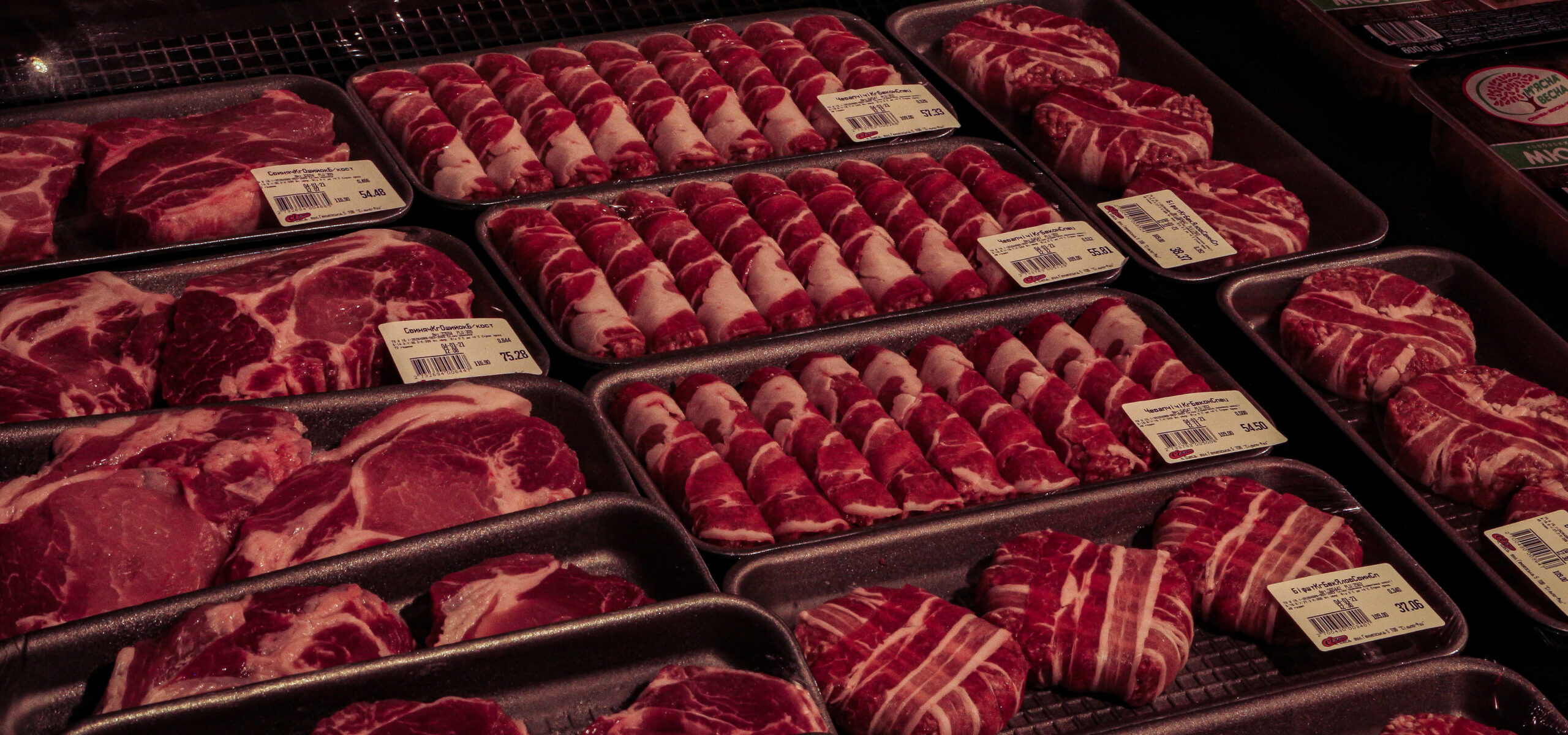Please buy the “vile” mince. We don’t like change, but we are going to have to embrace it.

Shoppers’ responses to sustainable packaging reveals much about consumerist habits and the need for us to consciously consider our priorities.
Most of us understand the seriousness of the climate crisis by now. We also understand that as the world changes we need concurrent societal change – greener policy, greener technologies, more efficient lifestyles and sustainable alternatives.
Most of us are unwilling (or in some cases, unable) to put in the work ourselves. We would much rather defer to governments and big corporations, and why not? Governments hold the most power and big corporations are more often than not the largest contributors to national greenhouse gas emissions and waste production. It seems fair. The thing is though, when companies do decide to embrace purpose and sustainability, we as consumers need to show up for them.
In 2019, Sainsbury’s made a commitment to halve their use of plastic by 2025 as they reported they were currently producing more than 120,000 tonnes of plastic packaging per year. The supermarket chain recognised that they urgently needed to reduce their impact on the planet and set an example for other UK businesses, but they also knew they couldn’t do it alone. In their commitment they have stated that, ‘Some of these alternatives will require customers to change their behaviour… Sainsbury’s is reviewing alternative options including the introduction of refillable bottles, introducing returnable milk bottles or offering a reusable jug with milk in a lightweight plastic pouch.’
Their most recent step in this reduction commitment is vacuum-packing their beef mince. This is a move which will alone save 450 tonnes of plastic per year while retaining the exact same quality of meat, but sadly the Guardian reported last week that the sustainable alternative is not going down well with shoppers. Not only are some customers calling it “very medical”, “too compressed” and “vile”, but others are calling for Sainsbury’s to reverse the change, threatening that they will buy their mince elsewhere if they do not.
This response from consumers is both hypocritical and dangerous. Aside from the fact that mince (aka. factory-processed beef meat) is, by definition, ‘compressed’ anyway, if we don’t show companies like Sainsbury’s support at these crucial junctures we risk back pedalling on much needed progress. If major companies are to fear the loss of their customers by making more environmentally responsible choices, then our society is doomed to fail in switching to more sustainable modes of consumption.
Research in behavioural and social psychology reveals what businesses like Sainsbury’s are up against by offering explanations for why consumers are so resistant to changes in products and in their consumer behaviour.
The first of these is a behavioural pattern that sees us place greater trust in things which have been around for longer. It is not surprising that people fear change, but it is interesting to note that people often believe (unconsciously) that the way they’ve always been doing something is the better way to do it. It’s why older people think learning with Google can’t be as effective as reading books, and why those who originally learnt to drive on manual or automatic cars always think their way is more superior than the other. It tells us that change isn’t just about accepting something new, but more crucially about giving up something old (and therefore good).
Consequently, change and innovation by major retailers is going to require not only convincing consumers that new products are good, but also challenging their unconscious assumptions that the way they have always done it, or what they’ve always bought, is better.
Secondly, there is the interminable mistake people tend to make by underestimating the impact of their own behaviour. While we might believe that governments and big corporations should carry the weight when it comes to tackling the climate crisis, we cannot afford to underestimate the impact that individuals can have too. However, the reality is that most of us underestimate the environmental impact of what we eat, the cumulative power of many individuals making positive choices, and also tend to believe that we perform above-average in terms of our own pro-environmental behaviours.
If we believe in the power of individual votes within a democratic system, we should be able to comprehend the power of individual consumer choices within a chain of supply and demand.
Perhaps most pernicious, is that we often assume that we don’t have to change our own behaviour because others will. This phenomenon is called the Bystander Effect and describes how, when faced with an opportunity for prosocial (or in this case, pro-environmental) behaviour, most people are happy to pass the buck onto others in what psychologists call a ‘diffusion of responsibility’. The most obvious example of this is how most people will walk past a homeless person on the street, thinking that someone else will help them, so they probably don’t have to.
This effect gets greater as the number of people faced with the opportunity to help increases. In the case of Sainsbury’s mince, if these negative responders know that it is a more sustainable option, they may also unconsciously rationalise that there are plenty of meat eaters who shop at Sainsbury’s who will buy this, so they can go to Aldi for their mince instead.
Finally, it is a sad reality that most people associate sustainable products with being lower quality, more expensive and less aesthetically appealing. One study showed that when people value the efficiency or strength of a certain product, they are less likely to choose the more sustainable option. It might be because people simply view the untested product as a risk (like when you go to your favourite restaurant and consider trying something new for once), but research shows that negative associations are also attached to sustainable options.
Behavioural scientists and psychologists make numerous suggestions for nudging consumers into making choices which can offset these biases against change. For example, there is a significant amount of data to suggest that when individuals realise the majority of people are doing something, they will follow suit (social influencing). Other studies show that guilt can be a powerful motivator to convince consumers to buy greener products (emotional appeal) or that negative associations with a product can be offset if companies highlight its innovativeness in the design instead (marketing).
The list of suggestions that could be made to the retailer is endless, but wouldn’t it just be easier if we, the consumers, took a moment – just a moment – to consciously recognise our biases and consider our options? Can’t we just stop and consider the environmental cost of buying mince in the old packaging we’re accustomed to , versus the personal cost of buying mince that looks “too medical”? As irrational beings, I know this is sadly not always easy. But it is possible! We do have the capacity to choose to commit to being intentional, thoughtful decision-makers, and presumably more effectively if we’ve also consciously acknowledged our priorities to ourselves and our families (the priority being planetary wellbeing).
A survey in 2019 showed that 65% of people reported wanting to buy purpose-driven brands that advocate for sustainability, while only 26% actually do so in practice. Narrowing this ‘intention-action’ gap is very important if we want to meet corporate sustainability goals that have been promised to us, but also if we want to feel comfortable with ourselves and our contributions as we continue to venture into more sustainable futures.
So please, buy the “compressed”, “vile” mince, spend more on slow fashion brands if you can, and perhaps scrub your pans a little bit harder with a coconut scourer. We clearly don’t like change, but we’re going to have to embrace it.

